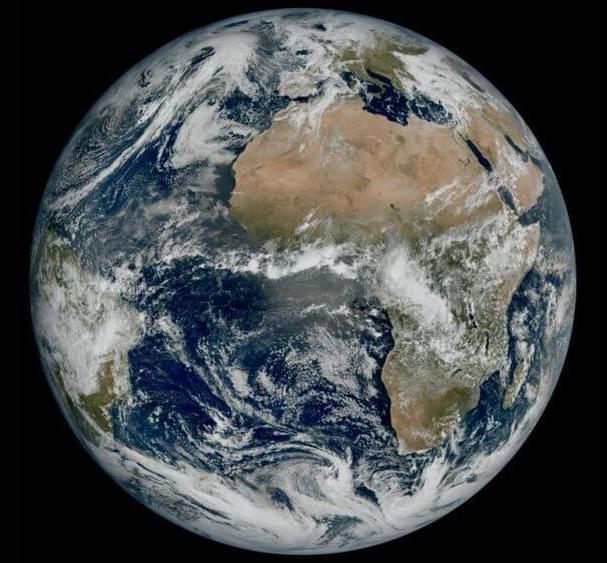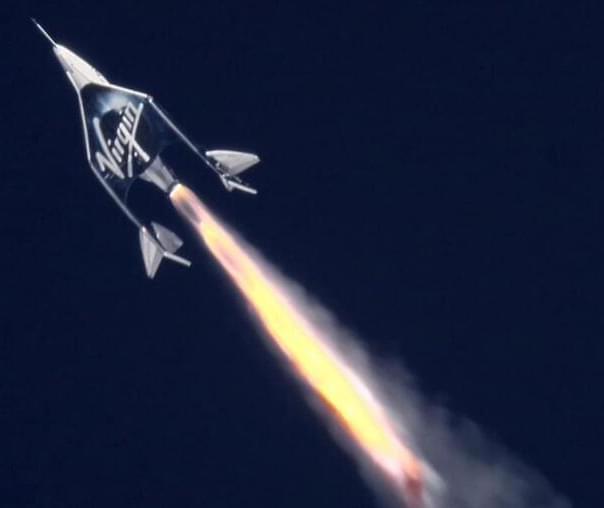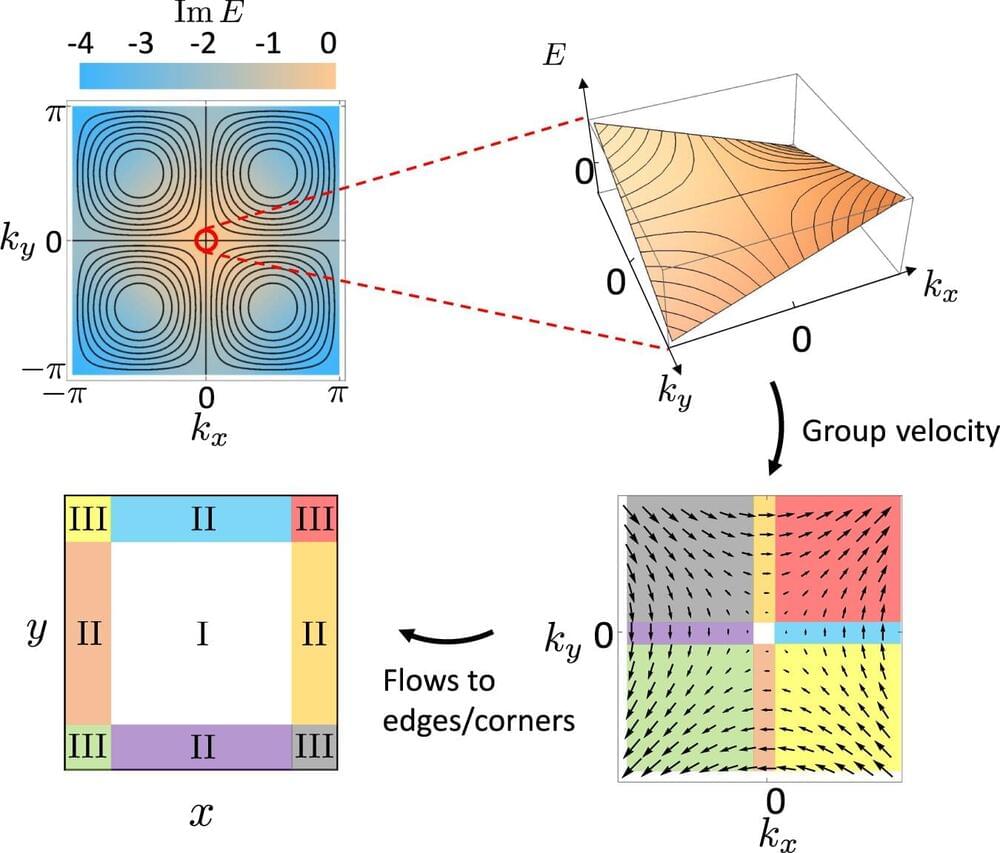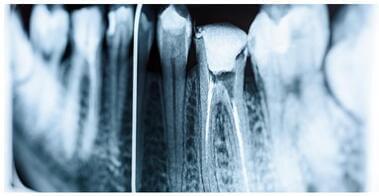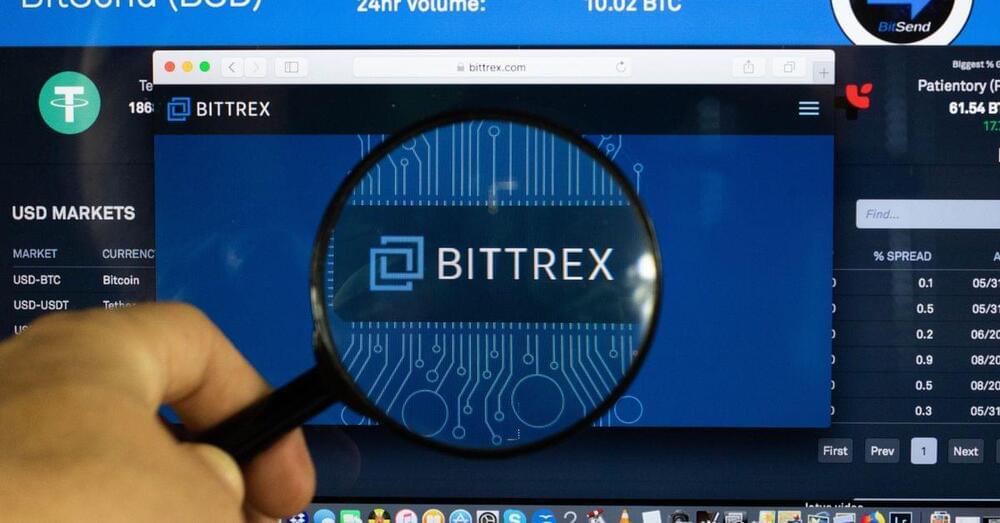With all the controversy surrounding AI art, I’m surprised that NVIDIA is so rarely discussed. Unlike other AI art technologies, NVIDIA facilitates drawing landscapes in an interactive fashion. You sketch out rough blobs and then the AI converts your shapes into rocks, grasses, dirt, trees, and other selectable material types. I think that this kind of tool deserves much more attention since it empowers human artists to create with AI as a partner and gives us more creative control over the final result. Sure, NVIDIA itself is somewhat limited, but the principle of it is very compelling and I can easily envision people developing lots of improved versions that can draw more than just landscapes. I think it is surprising that this kind of approach has not caught on, but perhaps there are economic reasons that I’m not aware of which explain the relative lack of interactive AI art tools.
Use AI to Create Backgrounds Quickly, or Speed up your Concept Exploration.

